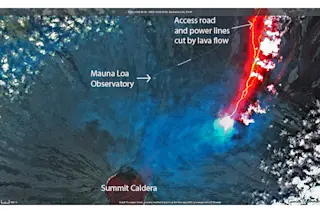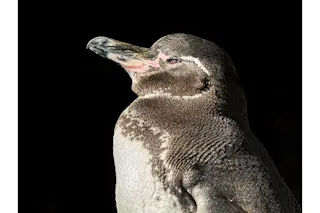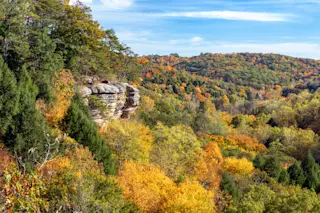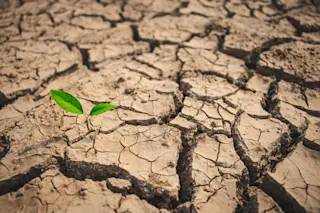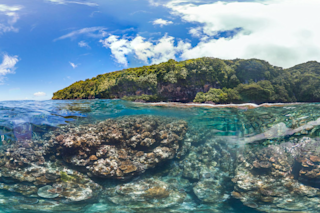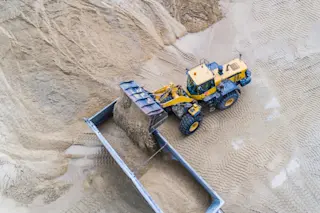McMurdo Station in Antarctica. (Credit: Shutterstock) Scattered on the coasts of Antarctica's empty and icy expanse are research stations that resemble villages. The largest of them is McMurdo Station, a research hamlet that houses scientists studying the continent's glaciers, climate and biological life as well as artists, writers and support staff. As the logistics hub for the U.S. Antarctic program, McMurdo has a landing strip and 85 buildings including a radio shack, firehouse and power plant in addition to the dormitories and bars. Some structures are three-stories tall. The frigid settlement is just one of the outposts that various nations have set up on the southernmost continent, usually on the rare slivers of ice-free land near the coasts. Antarctica is vast, and largely unspoiled by humans. But, argue researchers in a recent paper, we're making our mark nonetheless. They find buildings are piling up in the continent’s most critical environments. ...
Humanity's Footprint is Encroaching on Antarctica
Discover McMurdo Station in Antarctica, the hub of research and human impact on this pristine continent. Learn about its environmental significance.
More on Discover
Stay Curious
SubscribeTo The Magazine
Save up to 40% off the cover price when you subscribe to Discover magazine.
Subscribe





